Malaysia isn’t talked about by tourists nearly as much as Bali, Phuket, or even Singapore. Somehow, it’s often overlooked by travelers in Southeast Asia, even though many who’ve visited will tell you they love it for its cuisine, multi-ethnic culture, and incredible nature.
However, Malaysia is very different from its neighboring countries, and it honestly may not be everyone’s cup of tea (even if the literal cups of tea in Malaysia are fantastic, thanks to its renowned tea-growing culture).
That’s why I’m here to tell you exactly what Malaysia has to offer and let you decide for yourself if it’s worth visiting for you.

Malaysia at a Glance
Generally speaking, you can expect Malaysia to be calmer, more organized, and more conservative than countries like Thailand, Vietnam, Cambodia, and even Indonesia.
This can make it a bit love-it-or-hate-it.
It seems that backpackers usually have more mixed opinions about Malaysia, often preferring the rough-and-tumble atmosphere and party scene in other Southeast Asian destinations. At least, that’s been my impression from speaking with travellers on the Southeast Asia trail.
Of course, you can still enjoy the many other wonderful aspects of Malaysia, but it’s useful to know that the country is more orderly and calm than other parts of the region.
On the other hand, Malaysia seems to attract a lot more interest from traveling couples and families, for whom the words ‘organized’ and ‘calm’ are not necessarily negatives!
When I worked for an adventure travel agency some years ago, Malaysia was one of our top destinations for families looking for a fun adventure trip, thanks to its reliable logistics combined with a wealth of cultural and natural attractions.

While it’s a bit more subdued than other Asian destinations, this has also kept tourism development in check. It’s arguably easier to find a quiet escape in Malaysia than in other overdeveloped and sometimes over-the-top destinations in the Southeast Asia region.
Another argument in favor of Malaysia for some is that English is widely spoken (by about 60% of the population), so the language barrier is much less of an issue.
As always though, travel is very subjective, so let me describe the vibe in Malaysia more so you can make up your own mind. One thing to know is that Peninsular Malaysia and Borneo are very different, which I’ll explain in a minute.
What to Expect of Malaysia
The mix of cultures
Upon arriving, you’ll immediately be hit by an array of cultures due to its location at the intersection of many ancient trading routes. You’ll find a melting pot of Malay, Chinese, Indian, and indigenous influences.
The blend of language, food, and customs is quite a welcome surprise. Malaysia’s Muslim majority also gives it a different flavor; approximately 60% of the population practice Islam so you can expect to hear calls to prayer from the mosques reverberating through the cities multiple times a day.
When I first visited Malaysia many years ago, this felt quite exotic to me! However, it can take a bit of getting used to, especially if you’re a light sleeper.

Religion
Whenever you say Muslim, many people’s thoughts immediately go to super-conservative countries like Saudi Arabia. However, Islam in Malaysia is fairly moderate overall.
Much like in Indonesia, plenty of locals will be OK with consuming alcohol, for example. However, drinking in public (i.e. not in a bar) may be socially frowned upon, as are strong public displays of affection. This is just something to take note of and adjust to.
The rules are different in Malaysia for Muslim and non-Muslim residents and tourists. However, don’t expect full moon parties everywhere or huge levels of social liberalism in every part of the culture. Don’t worry, people are very friendly, but things are not as exuberant or ‘anything-goes’ as in other parts of Southeast Asia.
That said, Malaysia represents a mix of religions and cultures. Besides impressive mosques, you will see signs of other religions as well. For instance, you can visit many beautifully decorated Hindu temples in mainland Malaysia. In Georgetown, you can visit the Chinese Taoist temple of Han Jiang and in Malacca, you can see the remnants of the St. Paul’s Church once used by Dutch, English, and Portuguese colonists.
Level of development
Another thing that you’ll no doubt immediately notice if coming from, say, Cambodia or Vietnam is the level of development and overall cleanliness in Malaysia.
While many Southeast Asian countries struggle with trash pollution, Malaysia is a breath of fresh air—literally. The government has implemented strict laws and initiatives to keep the country clean, making it one of the cleanest countries in the region.
You can also expect excellent transportation in Malaysia. The country has a well-developed network of roads, trains, and buses that make it easy to get around. After hustling to catch buses and throwing your backpack into the back of pickup trucks in other countries, it may feel like a relief for the bus to shows up when it said it would!
The food
One of the biggest selling points for visiting Malaysia is the food! Malay cuisine isn’t as well known as Thai, in part because there aren’t a billion Malaysian restaurants around the world acting as culinary embassies, but I will get just as excited about an amazing Laksa curry as, say, a Tom Yam soup.

What’s great is the variety of food you can experience as well, owing to its mix of cultures including Malay, Indian, and Chinese.
The street food is top-notch, but if it isn’t your thing, don’t worry. Malaysia also has an excellent restaurant scene. In Kuala Lumpur, you’ll have high-end options at incredible prices, as well as Western-style dishes if you’re feeling homesick.
Tourism levels
Despite having epic caves, jungle reserves, beaches and islands, and cities with stunning religious monuments, tourism in Malaysia is at much more reasonable levels overall than, say, Bali or the Thai coast.
That said, statistically Malaysia is one of the most-visited countries in Southeast Asia, with Indonesia, Singapore and China accounting for most of its visitors.
Value for money
Finally, let’s talk some dollars and cents (or in this case, ringgits and sens).
Malaysia may not have the absolute lowest prices in Southeast Asia; for that, you need to look at countries like Vietnam or Cambodia. However, I would argue it has some of the best value for money overall (something different from only being cheap!).
Malaysia is sometimes considered more expensive, but I wonder if that’s just party backpackers looking at only beer prices, which are indeed higher than in Thailand due to taxation. More generally speaking, Malaysia is quite affordable for tourists, especially considering the relatively high standard of living. A backpacker budget of $30/day is possible, while $50/day will still be plenty if you’re travelling on a modest budget but maybe taking a few more tours or staying in local budget-friendly hotels.
Despite its higher level of development, Malaysian prices for things like food or accommodation are very reasonable. For this reason, cities like Penang and Kuala Lumpur are popular stops for digital nomads looking to keep their overhead low.
Peninsular Malaysia vs Borneo
Malaysia is effectively split into two parts: the peninsula bordering Thailand, and the northern part of Borneo which borders Indonesia. The two are very different!
If you’re into cities and culture, you may more enjoy the peninsula, while adventure travelers will probably want to head straight to Borneo.
Subjectively, the epic jungle experiences and the stunning coral reefs in Borneo spoke to my interests more than the relatively tidy and organized cities in the Peninsula, but that’s just me! If you’re a backpacker with an interest in nature, I do recommend checking out the eastern states of Sabah and Sarawak.
 Epic caves in Borneo
Epic caves in BorneoThe Malaysian part of Borneo is called East Malaysia, and it consists of two states: Sabah and Sarawak.
“Borneo” is surely a name you will associate with nature documentaries on Discovery Channel or National Geographic — and you’d be right. This landmass is home to some of the largest uninterrupted rainforests in Southeast Asia.
However, just know this is not what you’ll see at first. Imagine my surprise after landing in Kota Kinabalu when I found myself driving down 4-lane motorways through landscapes comprised of endless rows of palm trees! (Malaysia is actually one of the world’s biggest palm oil producers.)
But fret not, Borneo is still one of the most biodiverse places on Earth, which you will soon see as you go deeper into the interior. Visiting the epic Mulu Caves or exploring the dense jungles of Kinabatangan (where you have a good chance of spotting wild orangutans) will surely make you whisper ‘Borneo’ much as David Attenborough does when he narrates a BBC documentary.
If you’re looking for an adventure travel experience, then this is really the part of Malaysia to visit. If you prefer to be out in nature, discover hidden waterfalls, visit some of the world’s largest caves, and trek through the jungle, then Borneo is the place to go.
East Malaysia is slightly less developed than the Peninsula, however. A local described it to me as “like peninsular Malaysia but 15 years behind it”. Mind you, the infrastructure is of high quality, but it is a bit wilder in places and there are fewer population centers overall in Sabah and Sarawak.
 The Sarawak city of Kuching
The Sarawak city of KuchingIf you’re more into cities and culture, then West Malaysia may appeal to you more. However, East Malaysia does have some interesting urban and cultural sights as well. For instance, the city of Kuching has a crazy obsession with cats (the city name is similar to the word ‘cat’ in Malay) and it even has a quirky cat museum. However, there are more sights such as ancient temples and museums in the mainland regions.
Malaysia vs Thailand
Malaysia and Thailand are often compared because they’re neighbors, but in many respects, they couldn’t be more different.
 Hong Island, Thailand
Hong Island, ThailandWhile Thailand has many cultural attractions, it’s also often known for beaches and islands, and—let’s be real—drinking out of buckets. Malaysia is more of a cultural destination overall. That doesn’t mean it doesn’t have beaches and islands too, but its rich history and diverse culture influenced by Indian, Chinese, and Arabic cultures are more often a reason to go.
Thailand often feels a bit like a free-for-all with cars and motorbikes, crossing the roads, and even littering, but Malaysia is a lot more structured. There are designated crosswalks, and overall, it feels a lot cleaner and more organized.
Because the country is majority Muslim, it’s also much more conservative than Thailand. While in Phuket you could be openly drinking on the beach and find ladyboys walking down the street, this isn’t what happens in Malaysia.
Where they both agree is when it comes to delicious food. While in Thailand you’ll enjoy the best pad Thai of your life for around $2 and the best mango sticky rice for $1, in Malaysia, you can find equally delicious food but with a bit more variety. Enjoy bubble tea every day for $2 or dumplings for even cheaper.

If you’re looking for a vacation with a lot of partying, lazy beach days, and wild adventures, Thailand is your spot. But if you’re looking for a more cultural experience with amazing food and beautiful architecture — perhaps combined with a quiet beach escape — then Malaysia is the place to be.
The Borneo side of Malaysia also offers some epic nature experiences, such as in the Gunung Mulu National Park and the jungle river cruises down the Kinabatangan River.
What is Malaysia Famous For?
Malaysia offers a wide variety of attractions, from lush rainforests and epic reefs in Borneo to the street art and beautiful mosques and temples in the peninsular cities. Here are a few of the highlights to give you an idea.
Kuala Lumpur

The capital, Kuala Lumpur, lies in the center of Peninsular Malaysia and serves as a hub for traveling to other parts of the country.
Kuala Lumpur is like the Amazon version of Singapore. On every corner is a huge shopping mall and high-rise apartments define the skyline. While a lot of SEA capitals are chaotic, and probably a little dirty, Kuala Lumpur feels all shiny and new. The streets are clean, the public transportation system is efficient (and cheap!).
This also means it has its detractors. I had to laugh when reading a Nomadlist review of KL, which said that “the vibe is aggressively lukewarm”. I can see where this comment comes from. Personally, I was ready to move on after a day or two, much preferring the atmosphere in Penang or Malacca.
Kuala Lumpur is famous for the Petronas Twin Towers, which used to be the tallest buildings in Asia. It is also home to the Batu Caves, a popular Hindu shrine with a gigantic golden statue and rainbow-coloured steps.
For a guided experience, you can take this half-day cultural tour at Batu Caves and Kuala Lumpur.
Penang
The city of Penang is among the most soulful in Malaysia, making it a great place to spend some time. The hawker markets are at their peak in Penang and they’re an epic mix of Indian, Chinese, and Malay. The island also has great beaches, but they’re not the main attraction—it’s all about the street art here.
The Kek Lok Si temple is among the most impressive temples I’ve ever seen. The temple complex is home to a giant bronze statue of the Goddess of Mercy, Kuan Yin, and boasts stunning views of Penang from its hilltop location.
Penang is also home to Georgetown, a UNESCO World Heritage site with beautiful colonial architecture and cultural landmarks. It also has an amazing street art scene; you can grab a map from just about any hotel and start making your way around Georgetown to check off the famous murals.
Personally, this was my favorite stop in Peninsular Malaysia, having lots of charm and plenty of things to see and do. You can easily see Penang’s highlights on this tour!
Langkawi

Langkawi is a key island resort destination close to the border with Thailand. The beaches are gorgeous with long golden stretches of sand and calm waters perfect for swimming. It’s also an excellent beach destination for cheap water sports. Every 20 meters you’ll find locals selling parasailing, jet skiing, and banana boat rides at around $30 an hour.
What sets Langkawi apart from other beach destinations in SE Asia is its duty-free status. This means you can get cheap booze here and there are quite a few backpacker hostels that are popular among budget travelers who throw some pretty awesome beach parties. But overall, Langkawi is going to be a lot quieter and more laidback than other beach destinations like Bali or Phuket.
Cameron Highlands

The highlands of Malaysia are such a stark difference from the rest of the country. High up in the mountains, it’s much cooler and really feels like an entirely different country. The sticky air of the rest of the country feels worlds away here.
You can expect to spend your days hiking through tea plantations, visiting different fruit farms, and taking in the cool mountain air. If you’ve been backpacking through SEA for a while, this might be the perfect place to take a break and recharge.
Climbing Mount Kinabalu

Malaysia is home to Southeast Asia’s highest peak: the beast of a mountain called Kinabalu. It is one of the few places in the region where you can truly hike far above the clouds and get some of the most panoramic views of Borneo.
If you want to do this, keep in mind it’s at least a 2-day experience and to book it at least a few months ahead of time. This is because permits are limited and you can only ascend with a qualified guide.
Kinabatangan River

An amazing thing to do in Sabah, Borneo, is to take a two-day river cruise on a longboat through Kinabatangan National Park, which includes a stay in a jungle lodge in the middle of the rainforest.
On my trip, I saw dozens of wild monkeys (including some rare Proboscis monkeys), numerous crocodiles, monitor lizards, snakes, and kingfisher birds, among many other animals. One of the highlights is a night hike through the forest, where guides will show you all sorts of nocturnal creatures.
Snorkeling and Scuba Diving

Malaysia is honestly where I’ve done some of my most memorable scuba diving ever. At Sipadan Island, I was surrounded by barracuda, reef sharks, and sea turtles. (A dive master recently told me the reef has degraded somewhat in recent years, but it’s still beautiful and there are many other options to check out too.)
The best dive sites are spread throughout both Borneo and Peninsular Malaysia. In some places it’s not necessarily the big stuff that is most impressive, but the abundance of tiny critters you’ll find in all shapes and sizes. Muck diving around Mabul Island was one of my experiences that totally exceeded my expectations, letting me see a huge range of small and bizarre-looking creatures.
But these are just a few places to get you going on your research!
Malaysia has more fantastic things to do than you can probably fit in one trip. From the 88-story skyscrapers of the Petronas Twin Towers in Kuala Lumpur, to the Gunung Mulu National Park, home to one of the world’s biggest caves, or the UNESCO streets of Georgetown filled with street art, Malaysia offers a huge variety of places and experiences!

Some links may be affiliate links, meaning I may earn commission from products or services I recommend. For more, see site policies.
Posted SEP 13, 2024

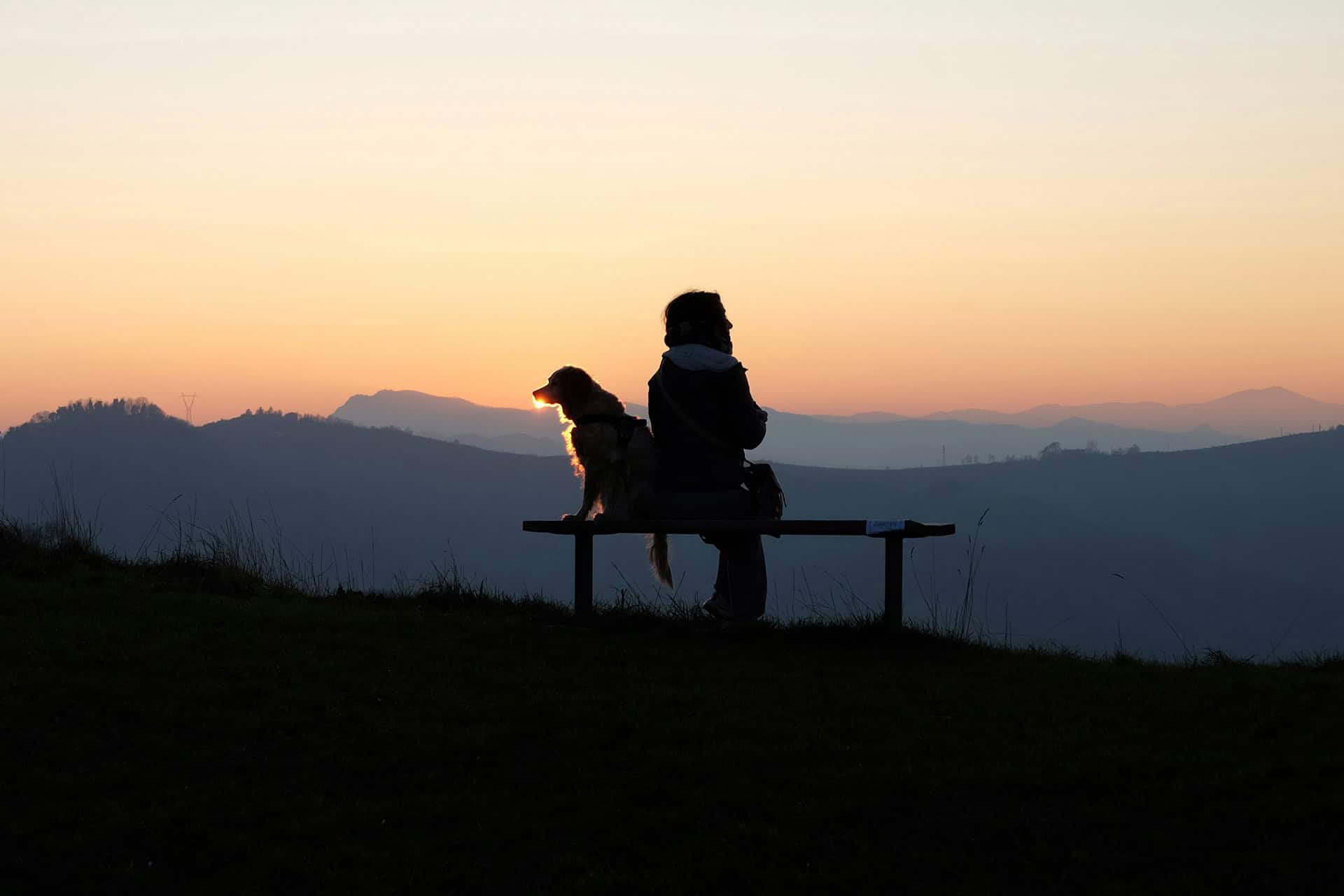

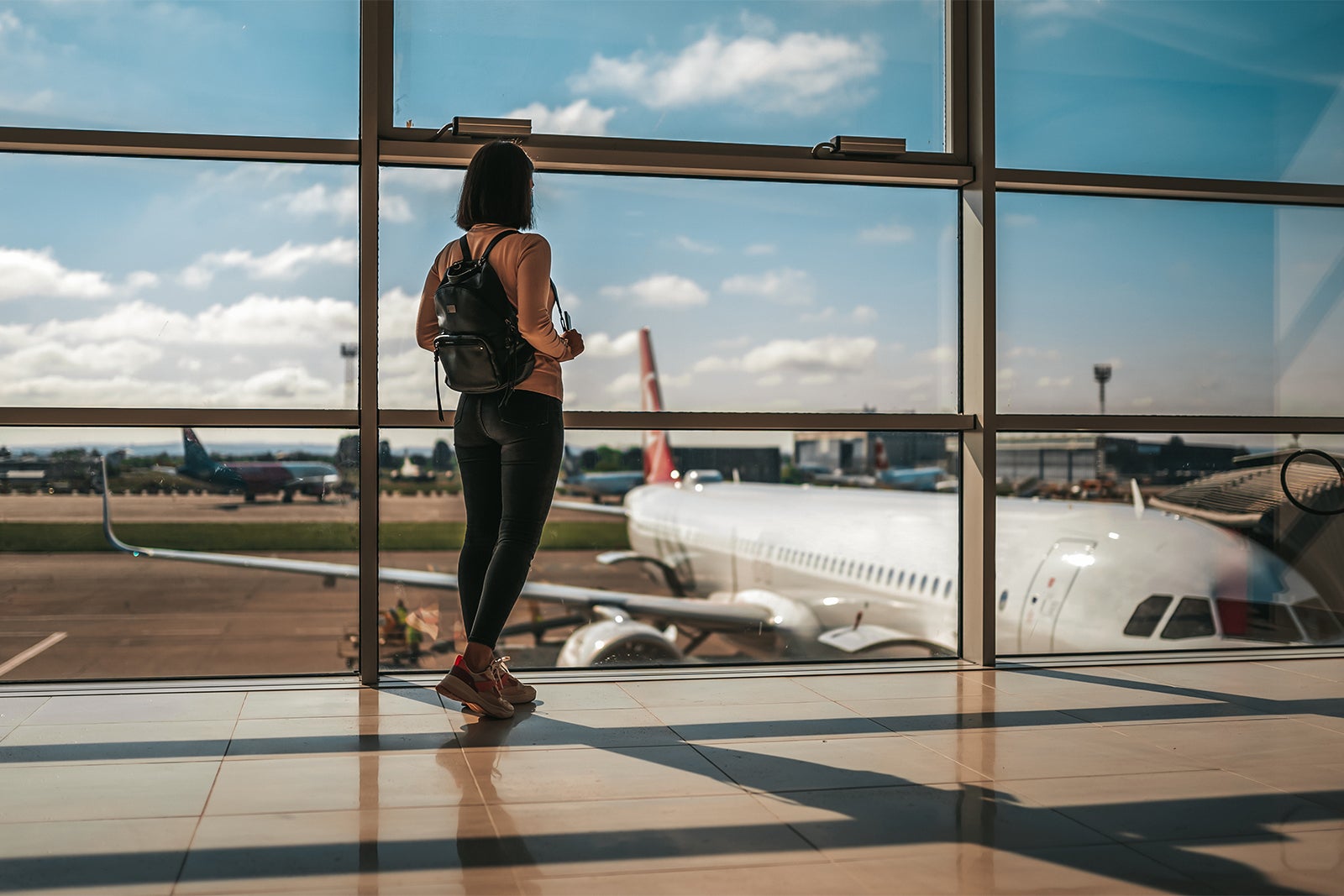

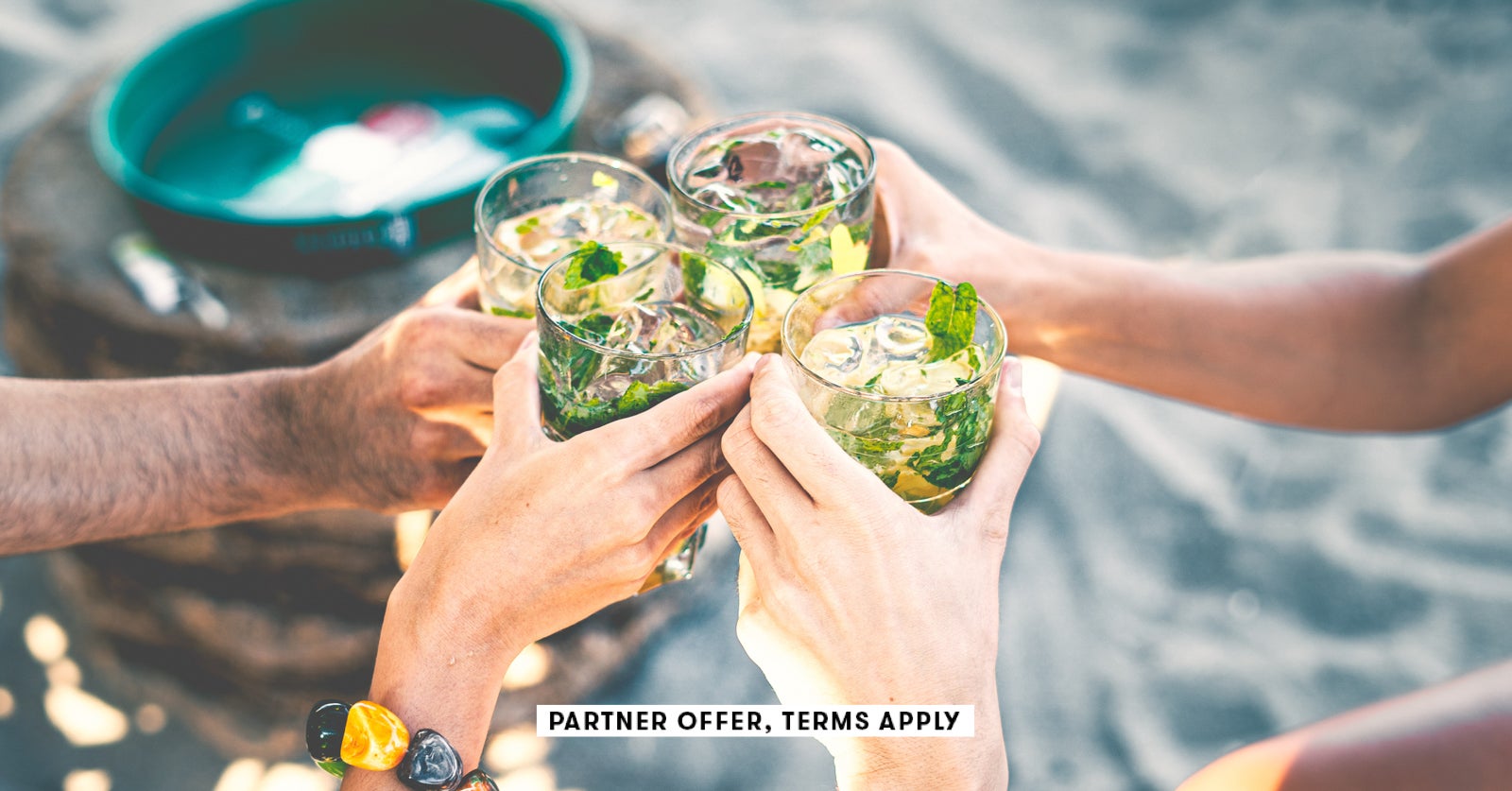
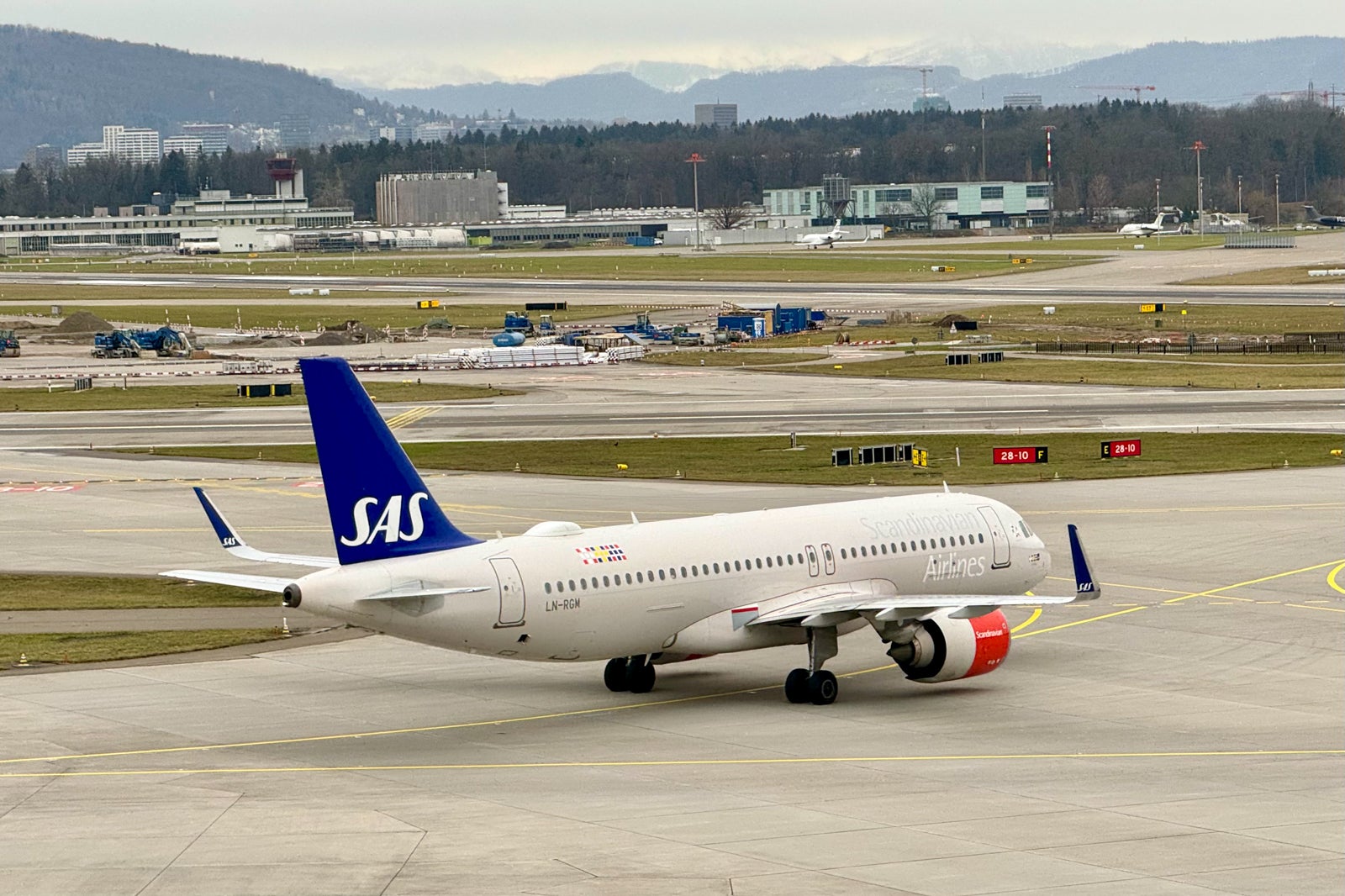




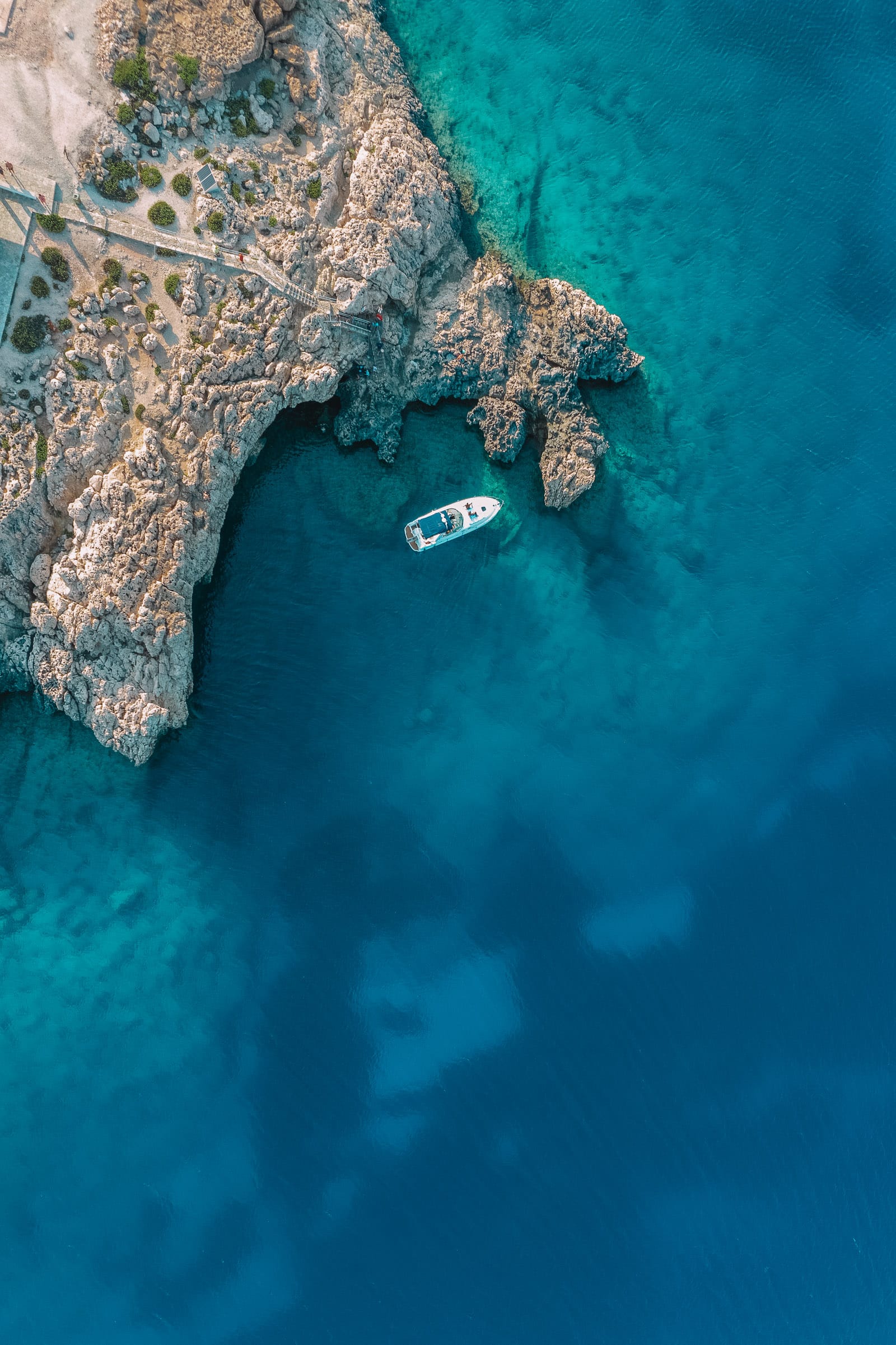
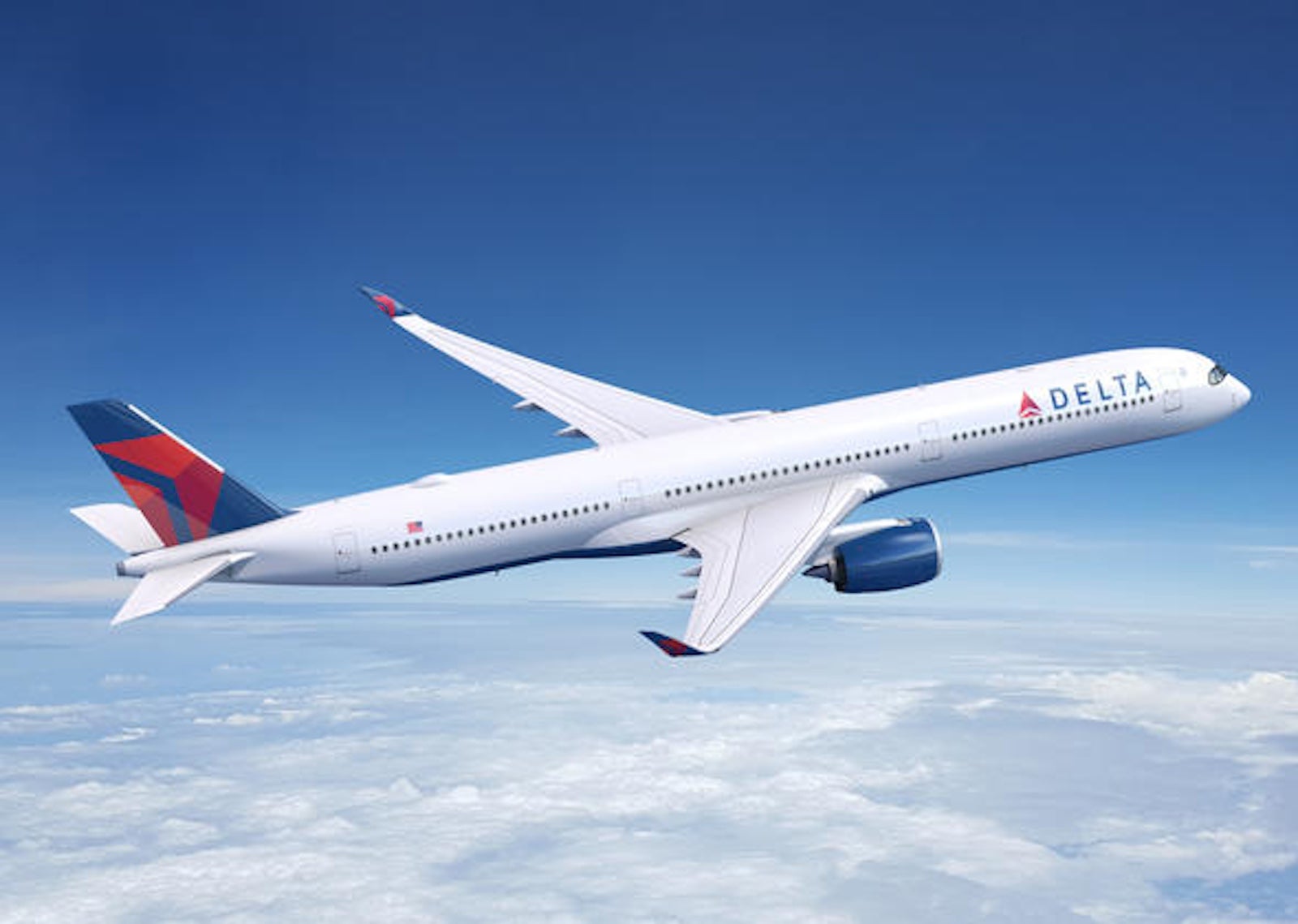
![GoPro HERO 13 Review – The Ultimate Camera Guide [2024]](https://www.nomadasaurus.com/wp-content/uploads/2024/09/GoPro-HERO-13-Black-Review-Feature-Image.jpg)


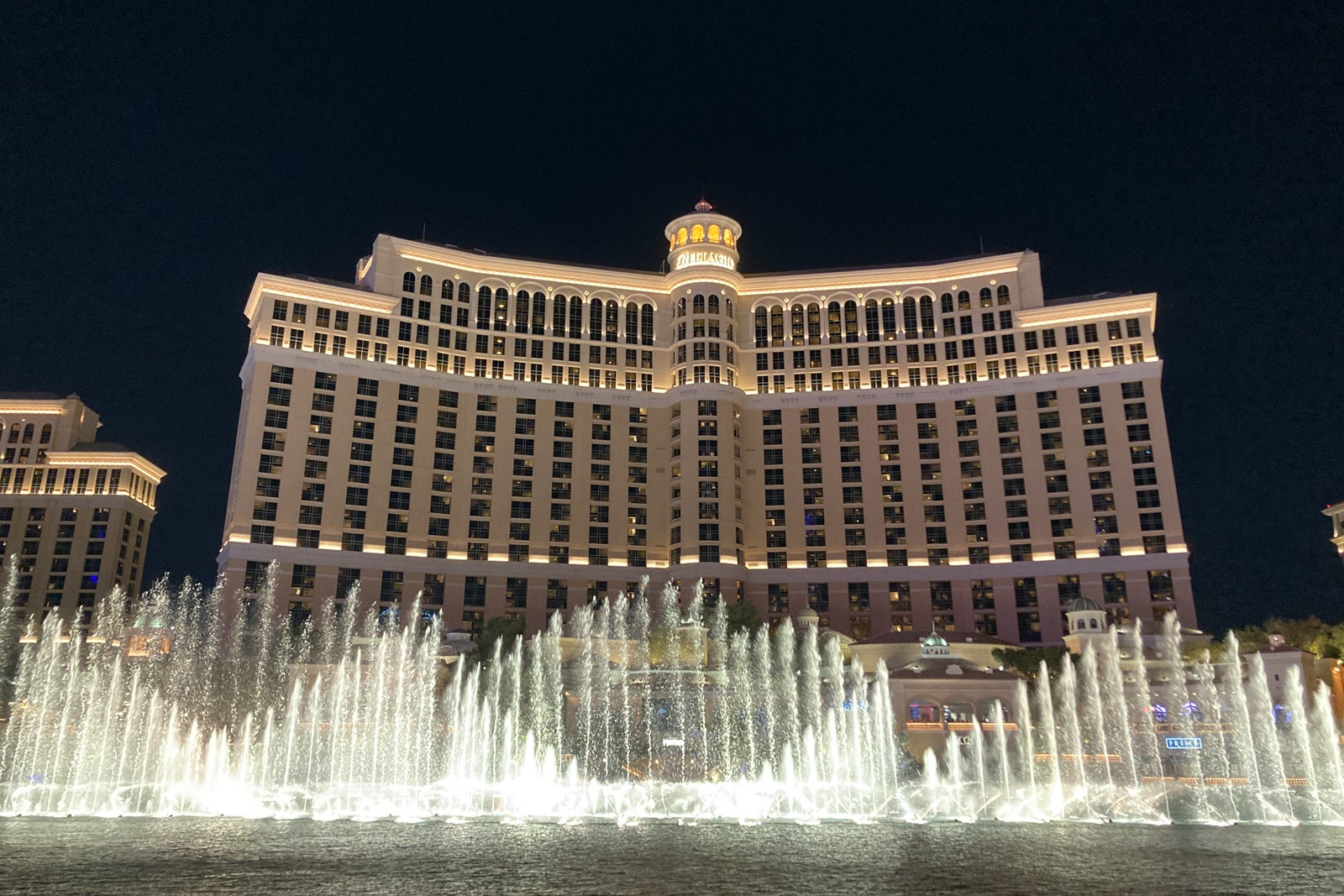

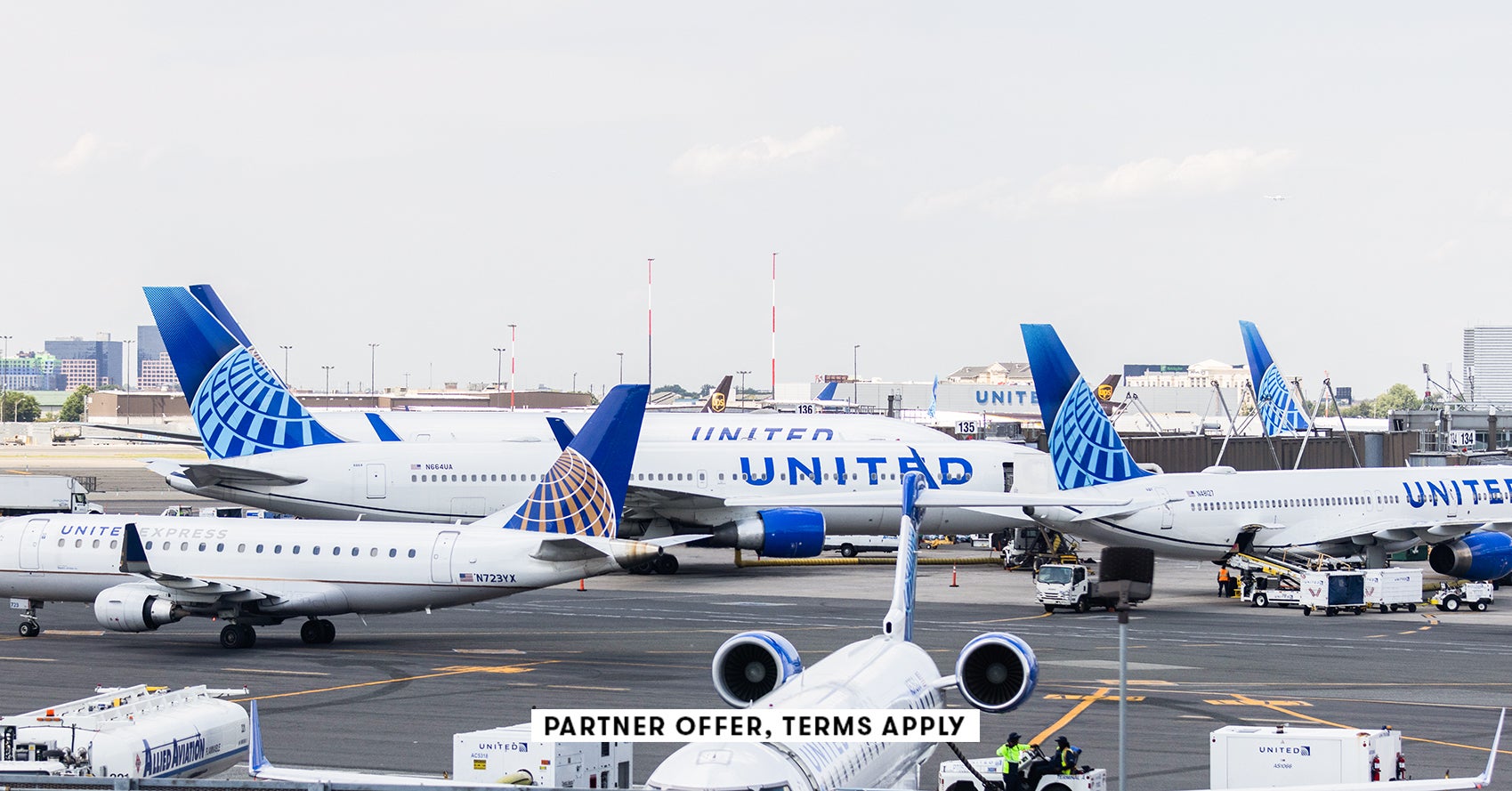
 English (US) ·
English (US) ·